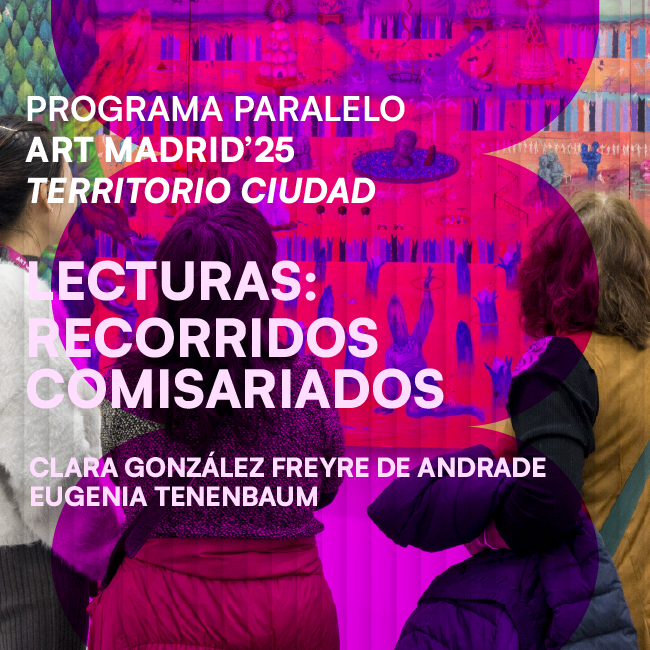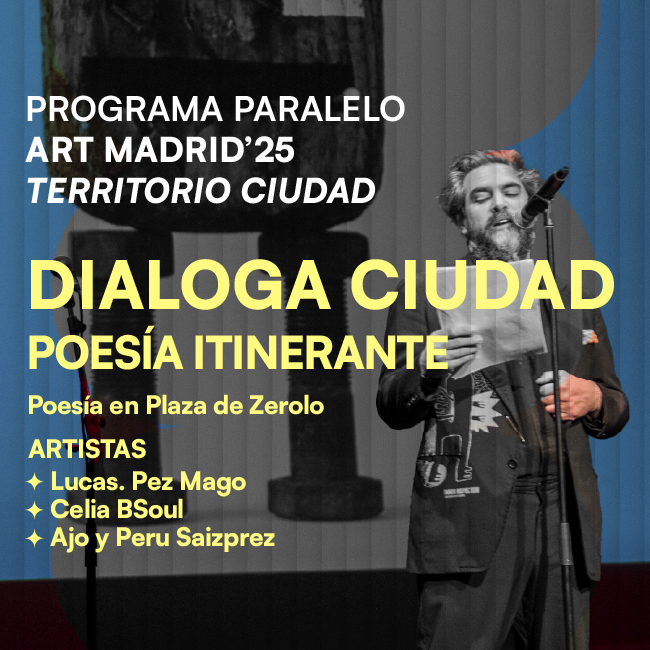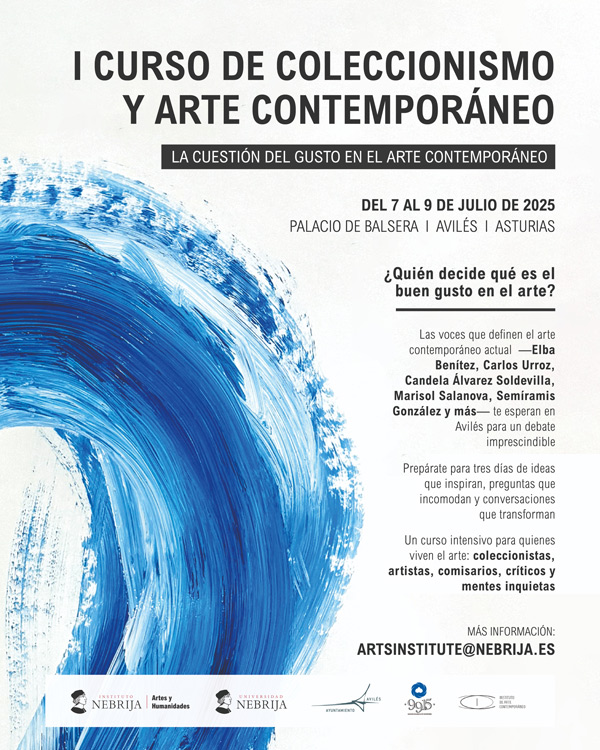REMEDIOS VARO BACK HOME
Nov 14, 2016
exhibitions
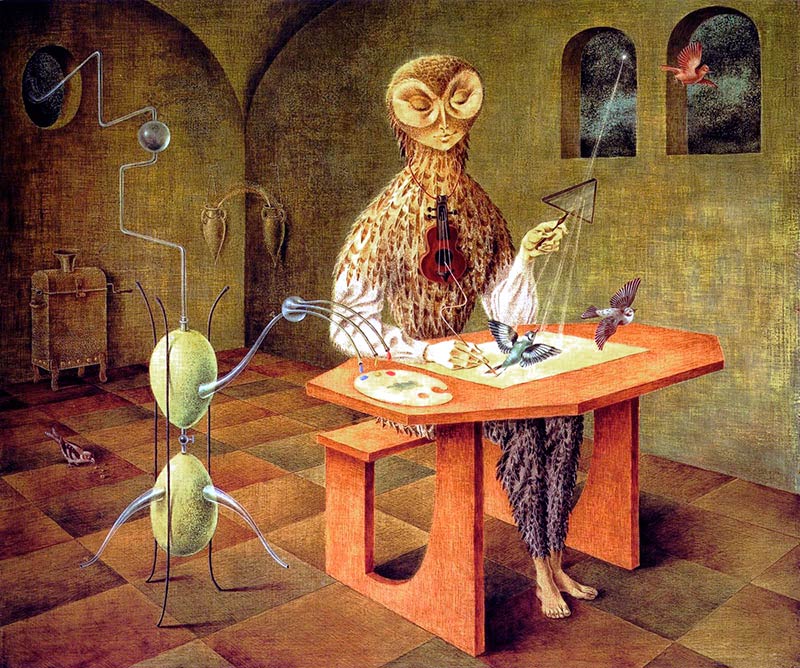
Remedios Varo, Creation of Birds, 1957, Museum of Modern Art, Mexico City, Mexico
Maria de los Remedios Alicia Rodriga Varo and Uranga, better known as Remedios Varo (1908-1963), was born in Gerona at the beginning of the century, after beginning her studies at the San Fernando Academy, contracted, then moved to Paris. At the outbreak of the Spanish Civil War, she positioned herself for the Republican side and ended up emigrating to Mexico, she did not know that at the time, but this would be her home. Here she dedicated herself to advertising illustration, but soon became known, and now everyone knows her for being one of the first women to popularize her work in Mexico.
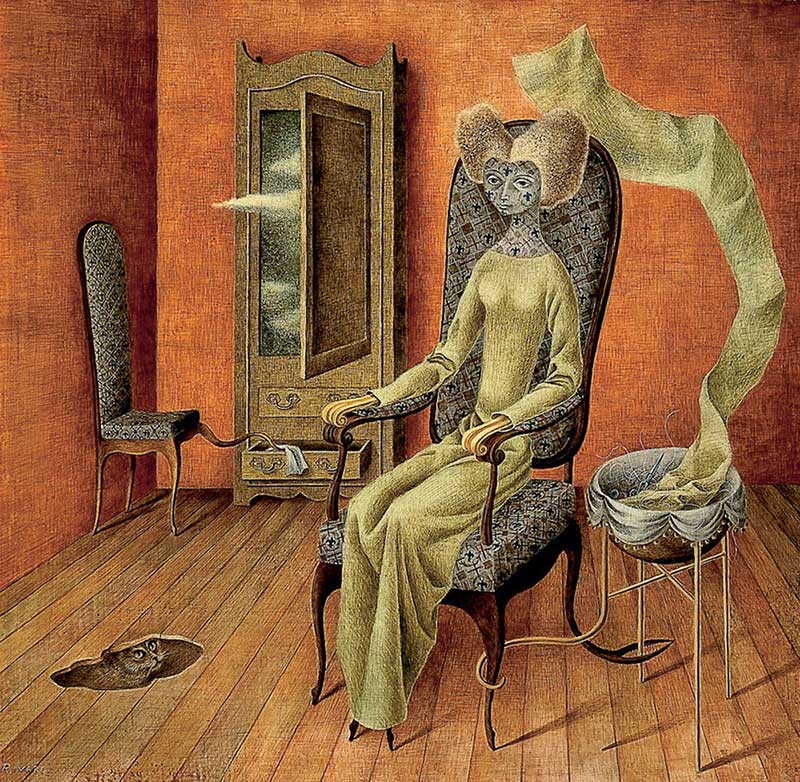
Remedios varo, Mimicry, 1960. Museum of Modern Art, Mexico City, Mexico.
His work is easily recognizable by this fantastic tint and symbolic transcendence. One of its marks is the tendency to mysticism. Together with Leonora Carrington she forged a friendship that transcended in time and for that reason now, they are associated so frequently. Remedios, marked his works with a careful scientific iconography and much of his work can now be admired in the Museum of Modern Art in Mexico. He has been a protagonist in many times, but this exhibition is outstanding among the others.
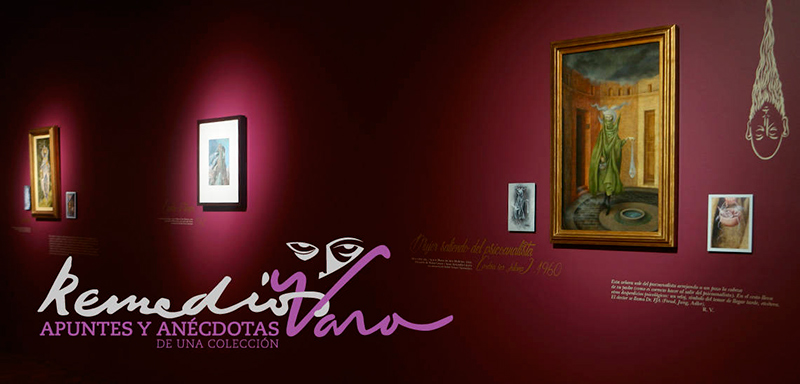
Remedios Varo. Notes and anecdotes from a collection. Photography © Museo de Arte Moderno. Mexico City, Mexico.
"Remedios Varo, notes and anecdotes of a collection" shows with 39 pieces. It is all the trajectory of the artist. Its main piece is the catalog rationale, first published in 1994 by Era. The exhibition is divided into three large thematic groups, which tell us curious data, studies of the signatures and the thread of the whole exhibition. Also testimonies of external people who tell the essence of the works.
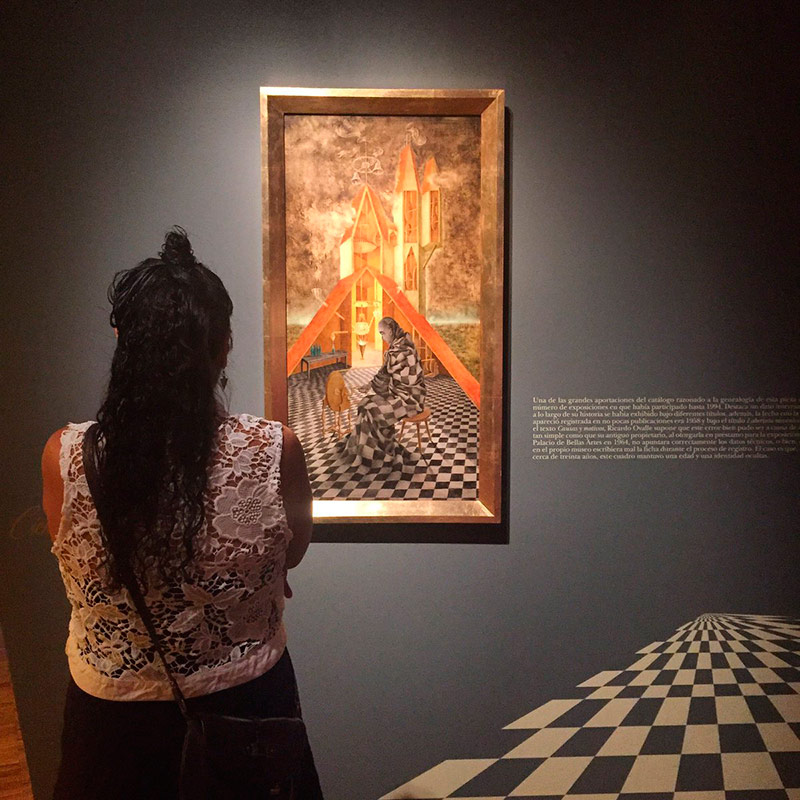
Photo of the exhibition "Remedios Varo, notes and anecdotes of a collection"
The last part of the visit focuses more on curiosities of this great artist of surrealism, known in the whole world. You can enjoy the exhibition until February 2017 at the Museum of Modern Art of Mexico. Undoubtedly, Varo was a woman who put aside the conventions and ended up giving the recipe of how to have erotic dreams to anyone who wanted to share it, here we leave the ingredients of chef Varo.
Ingredients:
One kilo of strong root
Three white hens
A head of garlic
Four kilos of honey
A mirror
Two calf livers
A brick
Two clothes pegs
A corset with whales
Two false mustaches
Hats to taste









